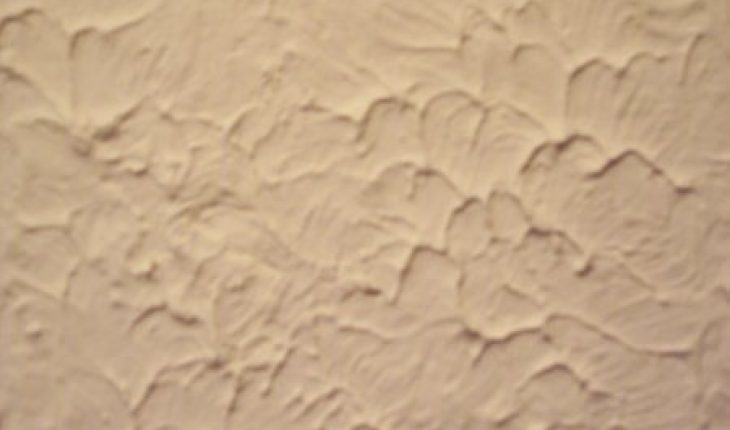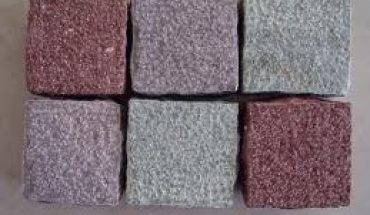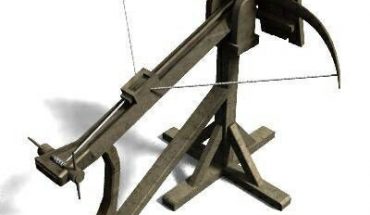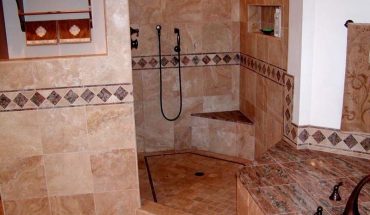After some time, walls look dull and boring even if they are still okay. To give them life, people can actually learn how to texture drywall. This particular process works great on walls and gives them more life, beauty and design that are guaranteed to satisfy everyone. With the help of this skill, people can actually enhance the appearance of their walls in no time without spending too much.
Materials Needed
For people who are interested to know and try how to texture drywall, things are much easier and faster to do when all the needed materials are available. For this particular job, be sure to bring in a drywall joint compound, a brush with soft bristles and plastic sheeting. Of course, this task also needs a taping knife, several old paintbrushes and stencils.
Steps
After gathering the tools and materials, it is now time to go to the actual process of wall texturing. Get the drywall joint compound, preferably one that is already mixed. This kind of material is very much available in hardware stores, lumberyards and home improvement centers. Get the taping knife as well, preferably one with a relatively wide blade. If this item is not available, get a trowel instead, preferably one with a straight edge.
Before starting, remove all the items mounted on the walls such as receptacle covers and switch plates. Furthermore, move furniture and home appliances away from the walls. As much as possible, put some cover on them to protect them from wayward compounds. When it comes to the floor, use some drop cloths. More importantly, the walls must be free from wallpapers.
Use the taping knife to spread a coat of the compound on the walls. Begin at strategic points like ceilings, corners and baseboards. The usual coating for walls measures at least 1/8-inch. For those who like thicker and rougher walls, simply spread more of the compound on the walls.
In order to achieve the best possible results, do the steps slowly but surely. Make it sure that the entirety of the walls are textured. For added texture on the walls, get some used paintbrushes and then create various kinds of moves with it. The more varied the designs, the better the walls will look later on. Aside from old paintbrushes, a sponge can also be used to do the trick. To add some pre-conceived designs on the walls, use the stencils.
In texturing drywalls, almost any design is acceptable. Even handprints and footprints can look good on textured walls. Little by little, apply the compound on the walls and then texture them slowly thereafter. Do these simple steps repeatedly until all parts of the walls are covered.
Additional Information On Drywall Taping





